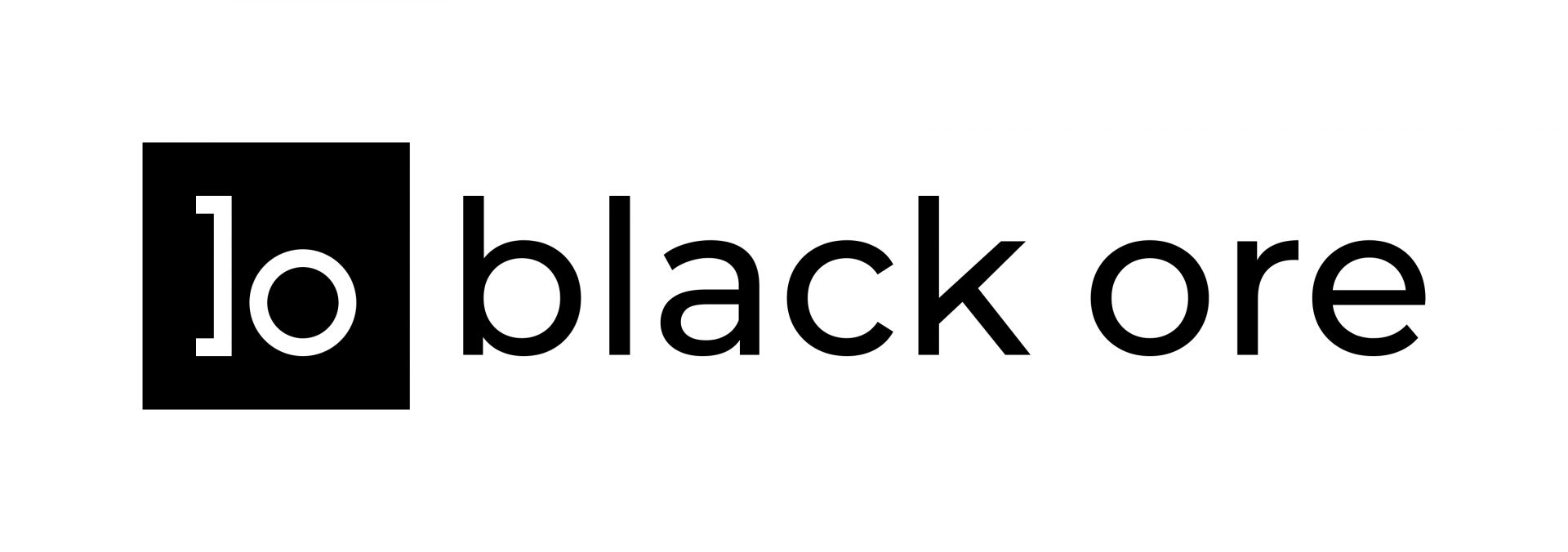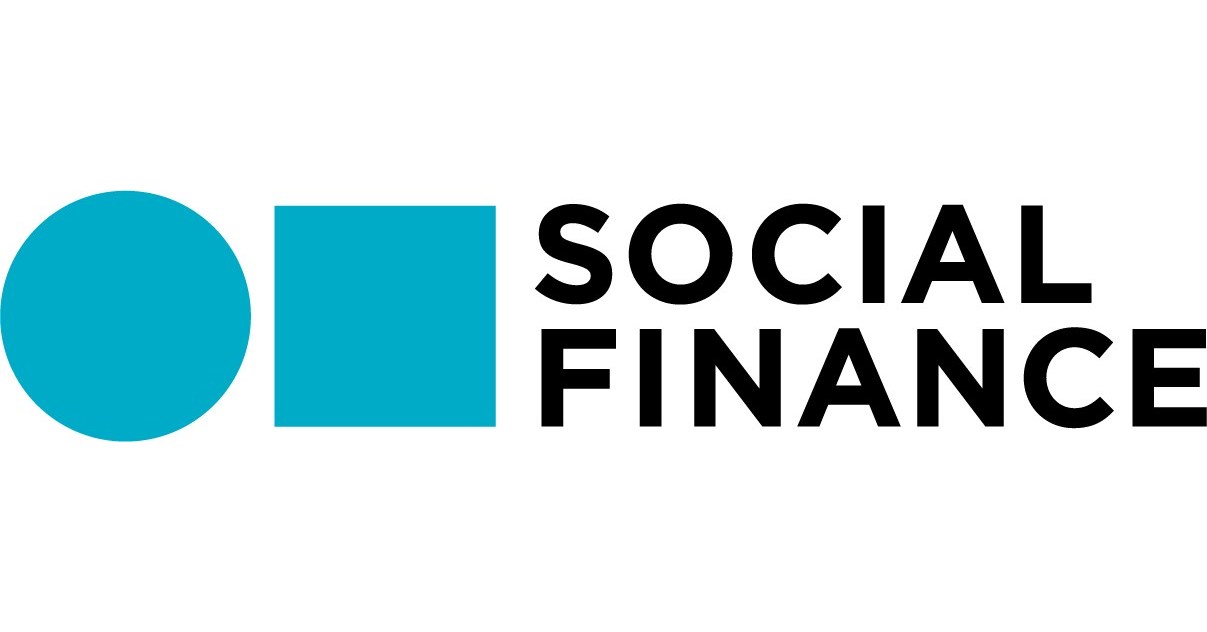[ad_1]
The economic power of women has been shifting in recent decades, in part because of their increased presence in corporate America. A 2019 workplace survey by McKinsey & Company pointed out that 44% of companies have three or more women in their C-suite, up from 29% in 2015.
And Pew Research Center earlier this year reported that in nearly one-third of marriages (29%), both spouses earn the same amount of money, and the share of opposite-sex marriages where the wife is the primary breadwinner has risen to 16% from 5% in 1972.
What’s more, American women are expected to control much of the $30 trillion in financial assets that baby boomers will possess by the end of the decade, according to McKinsey.
The rise of the breadwinner female is something financial advisor Michelle Smith, the CEO of Source Financial Advisors in New York City, has seen firsthand. Smith, a certified divorce financial analyst, said in the past three years she has been seeing more women who are CEOs of companies, entrepreneurs and C-suite executives and are making high-six-figure salaries.
She also said that when her financially independent female clients are entering relationships and marriages, they are making more than the people they are picking. “And I would say they are picking these next relationships or second and third husbands truly for a connection, a friend, a partner, a buddy, and they are not looking at it through an economic lens.”
Smith said navigating these types of relationships is tricky because “it’s still a weird thing for men to feel a little disenfranchised when it comes to the financial power.” There’s a worry male partners could feel emasculated, and thus women have to navigate the relationships carefully when they are the ones doing the providing, “always the one checking out and paying the hotel bill and paying for dinners,” Smith said.
To assuage those worries, Smith suggests things like joint credit cards couples can use for lifestyle discretionary spending where the male partner is an additional card holder. “So, if you are used to spending $20,000 on vacations and $5,000 a month on restaurants and X amount on other life experiences, fund it for a year in a joint account, and that card will be paid from that joint account.” That way, she said, “It’s not like this awkward ‘Hey, I’m going to slip you my credit card under the table.'”
A couple could also have a separate joint investment account where they can make investment decisions together on things like buying a home. Smith said these strategies not only protect assets but also “in a way preserves everybody’s humility.”
To be sure, these are uncomfortable conversations that advisors must become comfortable with so they can create effective strategies, Smith said.
Lori Van Dusen, the founder and CEO of LVW Advisors in Rochester, N.Y., said that when a woman outearns her husband or partner, part of the financial advisor’s job is coaching and helping the client maintain a balance in her life so she can prioritize career and family.
“I feel as advisors we have in some ways become more counselors and psychologists,” Van Dusen said.
Though she said that women’s increased earning power is “a good thing and a long time coming,” it’s also very challenging because women also typically have a preponderance of the child-rearing responsibilities (if they have children) and they also tend to be more involved with caregiving for elderly parents as well.
“So it becomes more and more challenging to keep balance and to kind of keep it all together when you are the breadwinner and you are in a marriage,” Van Dusen said, adding that it is important for both partners to chip in and do their part.
But that’s usually not the case. A Pew analysis pointed out that women still carry a heavier load when it comes to household chores and caregiving, whether they earn the same or more than their partners. The men spend more time on work and leisure, the study noted.
For example, the research showed that breadwinner wives spend 42 hours per week on average on paid work, while husbands spend 40.4 hours per week. The wives spend only 21.1 hours a week on average on leisure activities while husbands pursue these activities 29.9 hours per week. Wives spend an average of 6.4 hours on caregiving, while for husbands it’s only 5 hours. And wives spend 4.8 hours on average on housework whereas husbands spend 2.8 hours.
Husbands only spend more time on caregiving if they’re not working, Pew said. But even then, the couple spends equal time on household chores.
Because the female breadwinner’s schedule in many cases requires traveling and dinner meetings, Smith asks her clients about hiring help or personal assistants, because even if a male partner is making only $200,000 and the female is making $1 million, he still has to show up for his job, she said.
Different Roles
Jenn Barry of Aaron Wealth Advisors in Chicago has firsthand knowledge of what it is like to be the sole breadwinner in a household, a life she has led for the 23 years that she has been married.
Barry said she and her husband established a “pretty good distribution of labor” early on in their relationship. She explained that when they met (two years before they wed), he was working on a master’s degree in political science while she worked at Citigroup Global Markets on the trading desk. “I was on a pretty good career trajectory, even by then,” she said, noting that she was only a couple of years out of school and making “a lot more money” than friends who had graduated alongside her from the University of Michigan.
Barry said her husband continued in academia, but when they began to have children “that added a real tricky dynamic to the mix,” she said. They have three children. Barry said her parents moved in to help with the children for a while and then they hired a nanny. But about five years ago, her husband, who by now had two master’s degrees and was pursuing his Ph.D., agreed that he would be a stay-at-home dad.
“We thought it was better for him to just decide to focus on the kids and I have such a great respect for that,” Barry said. “He is there for them. He is the one that takes care of all the school and activity-related stuff.” Also, she said, “He has a passion for cooking. So, he does all the shopping and the cooking.”
Barry, who spent 23 years with Citigroup before moving to Aaron Wealth Advisors in 2020, said she never got to see her kids at her old job. “I left Citi, and it just allowed me to have the work-life balance I needed and so I can actually drive my kids to school.”
Her role as breadwinner has never been an issue in her marriage. “That’s just been the basis of the relationship that we have built, and there have been other things that he has brought to the table that has allowed us to see each other as equals.”
[ad_2]
Source link




